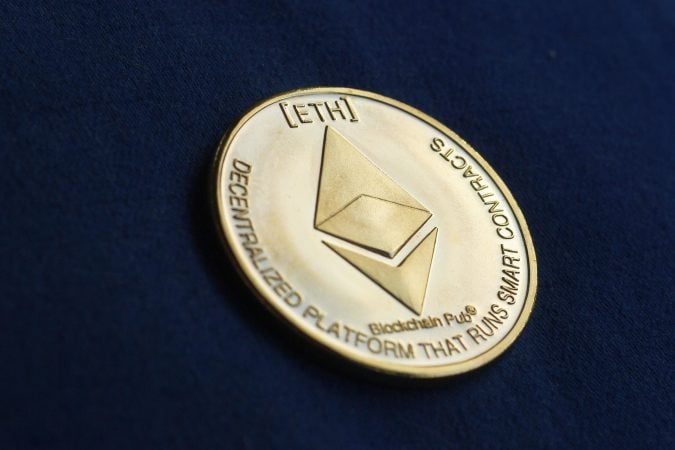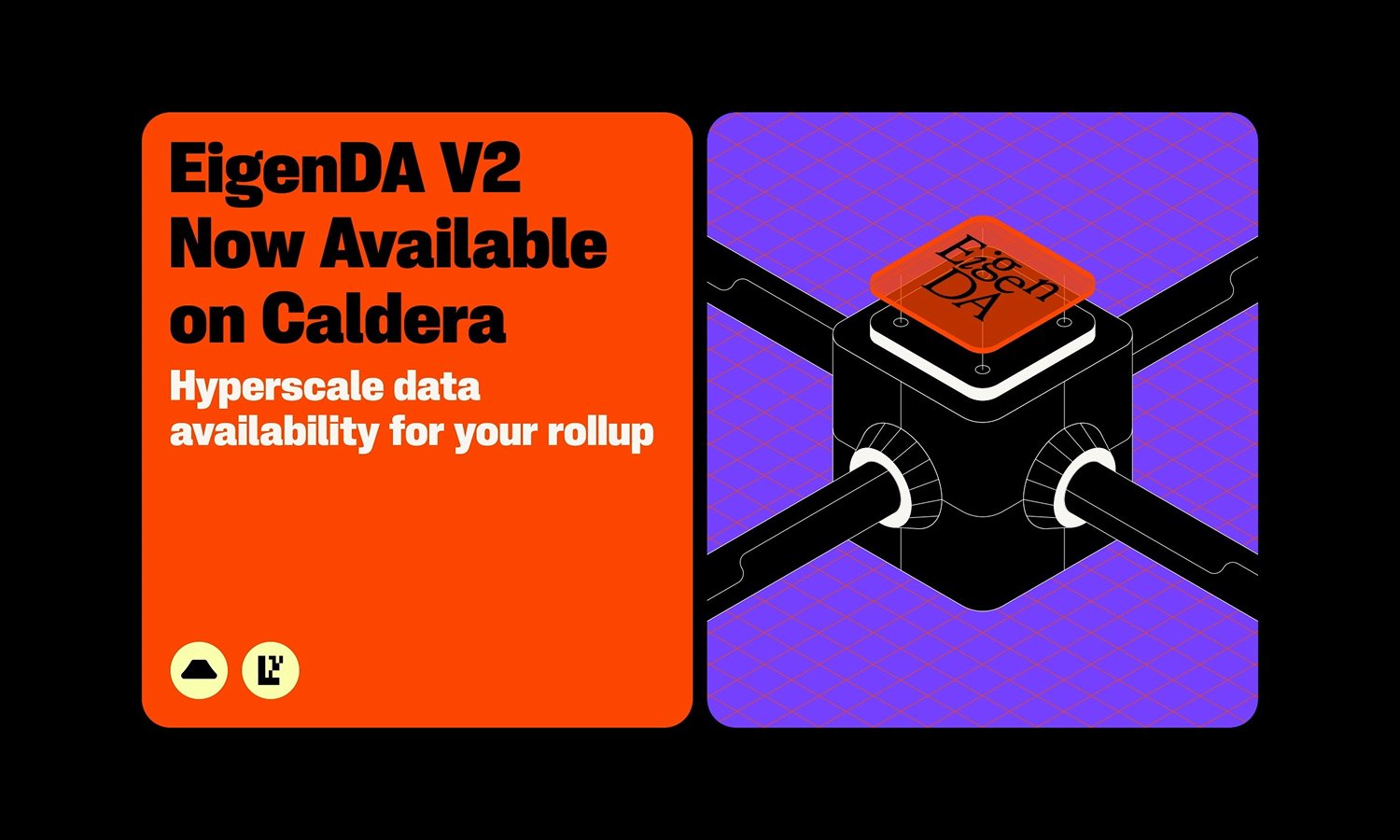The London hard fork is already happening on Ethereum. With it, the long-awaited upgrade proposal EIP-1559 begins. The event occurs at block 12,965,000, at 12:33 UTC this Thursday, August 5, 2021. This development changes the mechanism by which fees are paid to miners. Which introduces the concept of "tipping". In addition, it adds the burning of fees.
What exactly is happening?
At the time of writing, on blockchain explorers such as Etherscan. We can see that the amounts burned vary between 0.03 and 1.4 ether (ETH) per block. In the hour following the fork, approximately 200 ETH are burned.
Beyond the optimism of the community about the changes that this implementation brings to Ethereum. It is necessary to understand that these are intended to be seen in the long term. For example, something that is often heard. Especially in the last few months. Starting today, Ether, the network's native cryptocurrency, is becoming a deflationary asset.
Many investors are interested in the situation
This characteristic is of particular interest to investors, because it incorporates the concept of increasing scarcity. This is why many Etherians call their favorite cryptocurrency "ultrasonic money". They thus seek to demonstrate an alleged superiority of ETH over Bitcoin (BTC), often referred to as "solid money", due to its limited supply of a maximum of 21 million units. This must happen for Ethereum to be deflationary.
Joseph Lubin, founder of blockchain analytics firm Consensys, explains: “We have a fixed amount of gold on the planet, and the fixed supply of bitcoin represents sound money for some people. With $13 billion worth of ETH in the Ethereum 2.0 contract and $70 billion in decentralized finance, the demand for ETH is huge. And now we are burning ETH with the introduction of the London hard fork.”
What Lubin says is true, but it needs to be understood over a long period of time. For ether to be a deflationary asset, more ETH needs to be burned than is issued.
According to the Bitrates portal, about 18 million ethers are mined each year, which means that about 49,000 new ETH would be produced daily.
If the trend of 200 ETH burned per hour continues, that’s a total of 4,800 ETH ceasing to exist each day. This is almost 10 times less than the number produced during the same period. Therefore, Ethereum is not, as of today, a deflationary monetary system.
When will Ethereum cryptocurrency become deflationary?
If everything goes according to plan, ether could become a deflationary asset only after the network switches to proof-of-stake (PoS) with the full implementation of Ethereum 2.0.
This was explained several months ago by developer Justin Drake, who is a researcher at the Ethereum Foundation. According to him, the "peak supply" would be reached with the merger of the current blockchain with version 2.0. Only after that would we start to see a reduction in circulation through token burning.
This news portal reported that, according to Drake's calculations, the supply would be around 120 million ETH by the time the merger takes place.
The current circulation of this cryptocurrency is estimated at 117 million, although, as this media explains, there is no single mechanism for calculating the supply in Ethereum, unlike what happens in Bitcoin.
And when will the long-awaited merger take place?
This question cannot be answered yet. There is no consensus on the date, although some expect that a "minimum viable merger" could be executed before the end of the current year or in the first quarter of 2022.
The tentative date for Ethereum 2.0 to be fully functional is December 2023. However, the network developers frequently adjust the target dates depending on the progress of their research.










